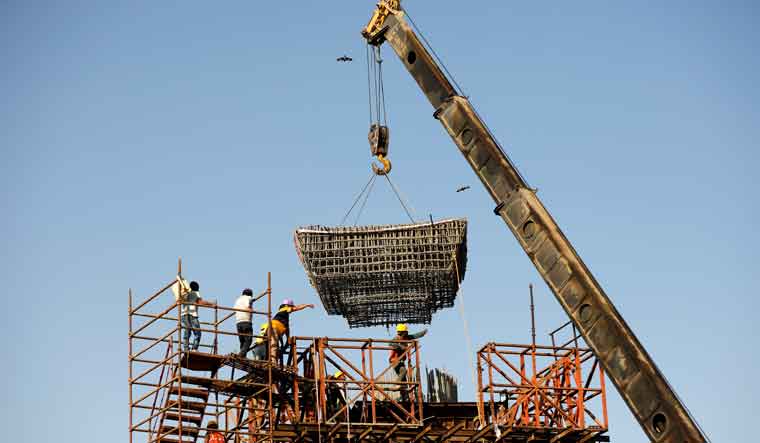CRISIL Ratings saw its credit ratio increase in the first half of FY22, with 488 upgrades and 165 downgrades, reflecting a sharp and sustained recovery in demand despite the intense second wave of COVID-19 infections. This was the second consecutive rise in the credit ratio, at 2.96 times. It had risen 1.33 times in the second half of the last fiscal (2020-21), up from 0.54 times in the previous half.
The outlook for India Inc’s credit quality remains positive according to the rating agency.
“A sustained recovery in domestic demand, government impetus to infrastructure spending, and export growth, spurred by a buoyant global economy as well as the 'China plus one' sourcing strategy of global players, have led to a strong rebound in business risk profiles of India Inc, thereby driving the increase in upgrades,” says Gurpreet Chhatwal, Managing Director, CRISIL Ratings.
According to CRISIL, among the manufacturing sectors, steelmakers benefited due to a combination of strong global demand and production cutbacks in China, leading to high realizations. Similarly backed by global demand, pharmaceuticals and specialty chemicals also sustained their strong performance trajectory. Agro commodities like sugar and edible oil also benefited from steady domestic demand growth.
In the automobile sector, especially for two wheelers, recovery has been delayed beyond FY22 due to sluggish rural demand, even though balance sheets remained strong—indicating unscathed credit profiles. On the other hand, CRISIL says infrastructure-linked sectors, such as roads, renewable energy, and construction and engineering, continue to benefit from government spending and correspondingly strong order books, as well as the improving pace of execution.
“The services sector, too, is finally turning the corner after a debilitating FY21. Its credit ratio rose for the first time since the onset of the pandemic, on the back of select sectors,” says Chhatwal. However, services continue to lag manufacturing and infrastructure-linked sectors in demand recovery, and still have a much lower credit ratio. Travel and hospitality, and education services are the sectors still seeing tepid recovery.
Health care and information technology, among other services sectors, benefitted from the pandemic as they successfully addressed challenges pertaining to health, remote-working and information security that emerged during the pandemic.
CRISIL observes that the financial sector is better placed today than it was a year ago as the systems and processes put in place for collections after the first wave have helped this time around, coupled with less stringent containment measures. Improving capitalization levels and provisioning coverage ratios have strengthened the balance sheets of banks. The outlook on credit quality for the financial sector, especially banks, is stable.
CRISIL however also sees challenges in the retail, micro, small and medium enterprises loan segments as smaller borrowers have seen outsized impact of the pandemic. Banks’ non-performing assets (NPAs) are expected to increase to 8-9 percent by March 2022 from around 7.5 percent in March 2021.
“A potential third wave is the key near term risk to our positive credit quality outlook. A significant deceleration in economic and demand growth both global and domestic most likely due to withdrawal or sharp tapering of monetary and fiscal stimuli, will be the key downside risk over the medium term,” says Somasekhar Vemuri, Senior Director, CRISIL Ratings.
CRISIL further observes that an increase in the pace of inoculation—with nearly 70 per cent of the adult Indian population having received at least one dose already and expectations that containment measures in the event of a third wave will be less stringent and localised, should contain demand disruption. Emergence of any virus mutation that dilutes the benefits of vaccination, and any change in the growth supportive policies of the government and regulators will be key monitorables, along with an increase in commodity prices and freight costs, and their impact on profitability.





